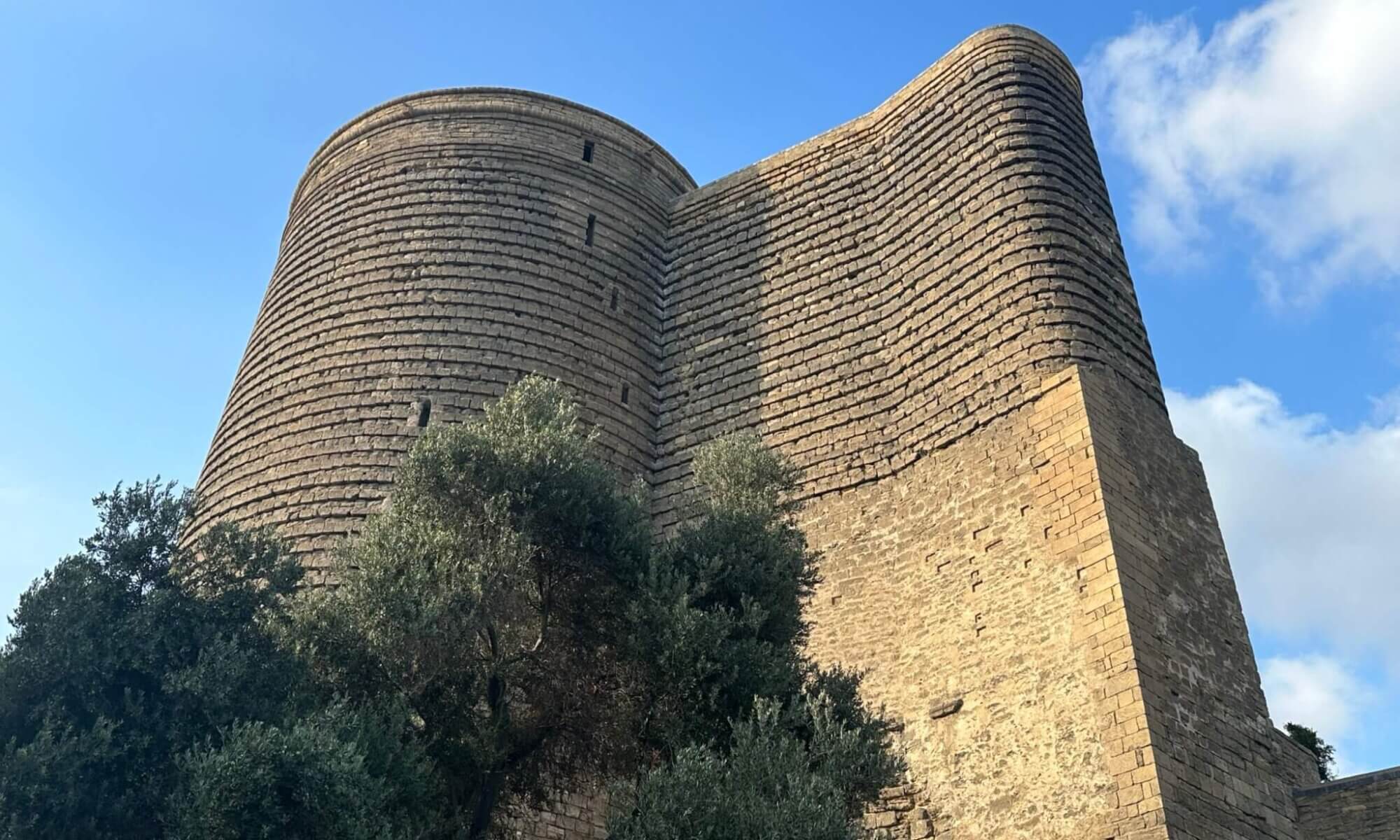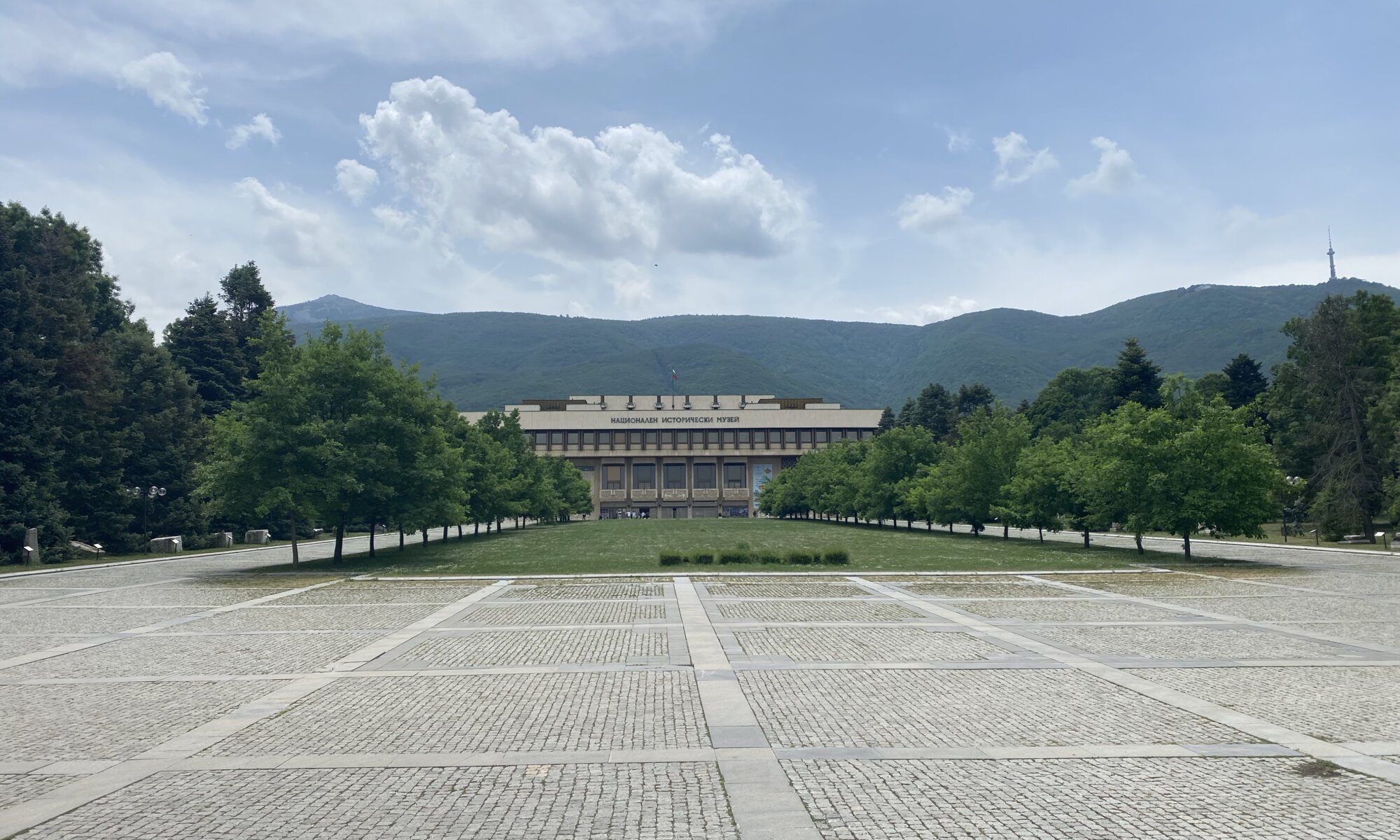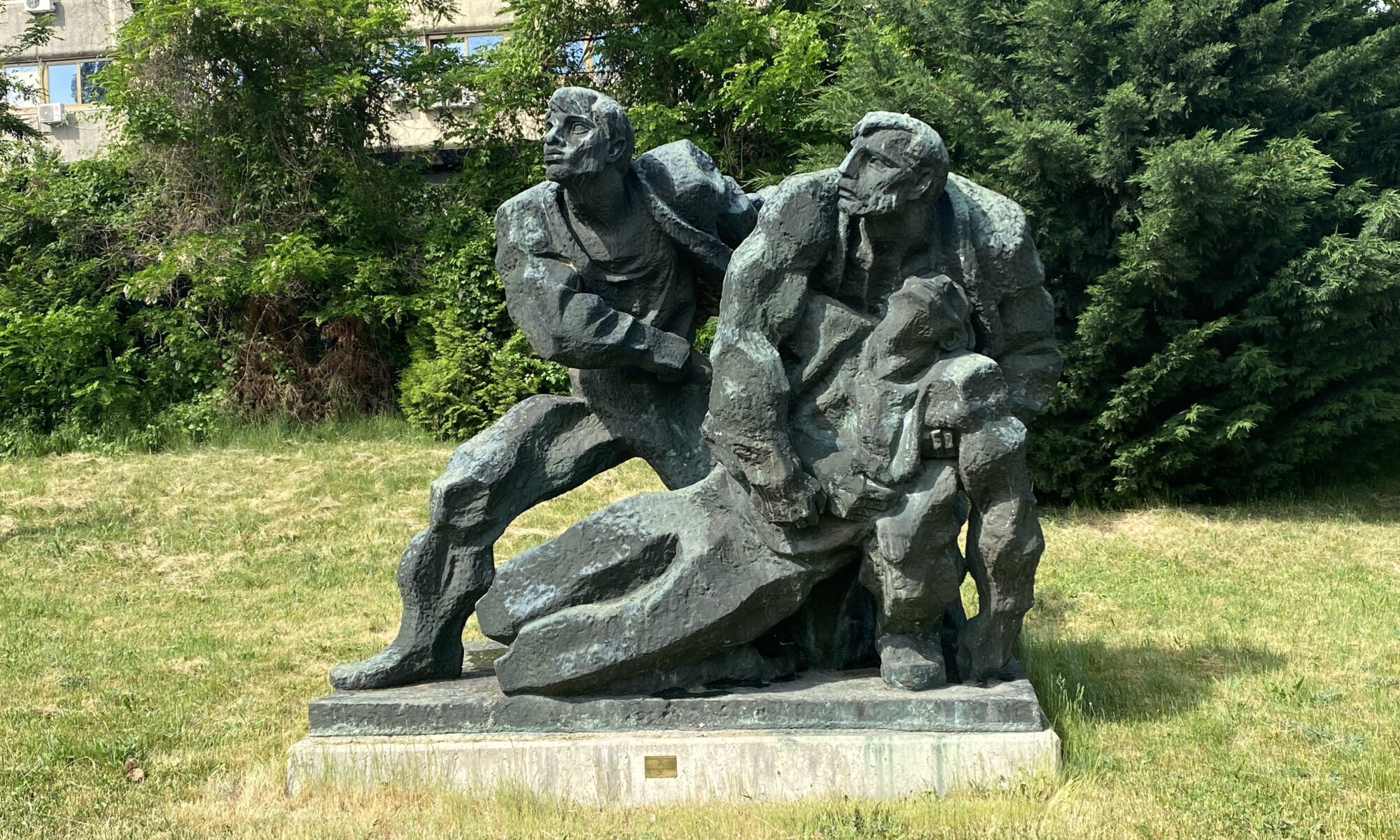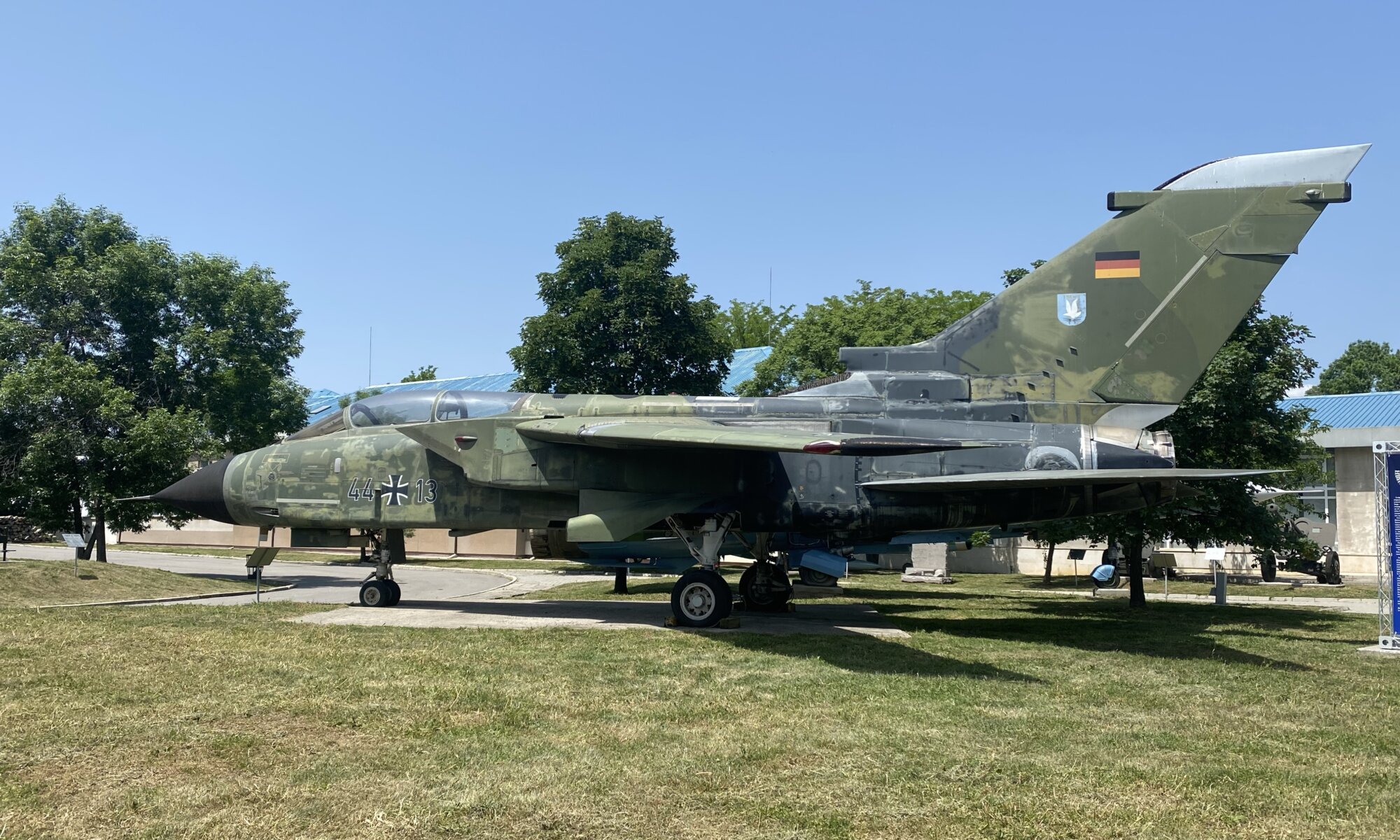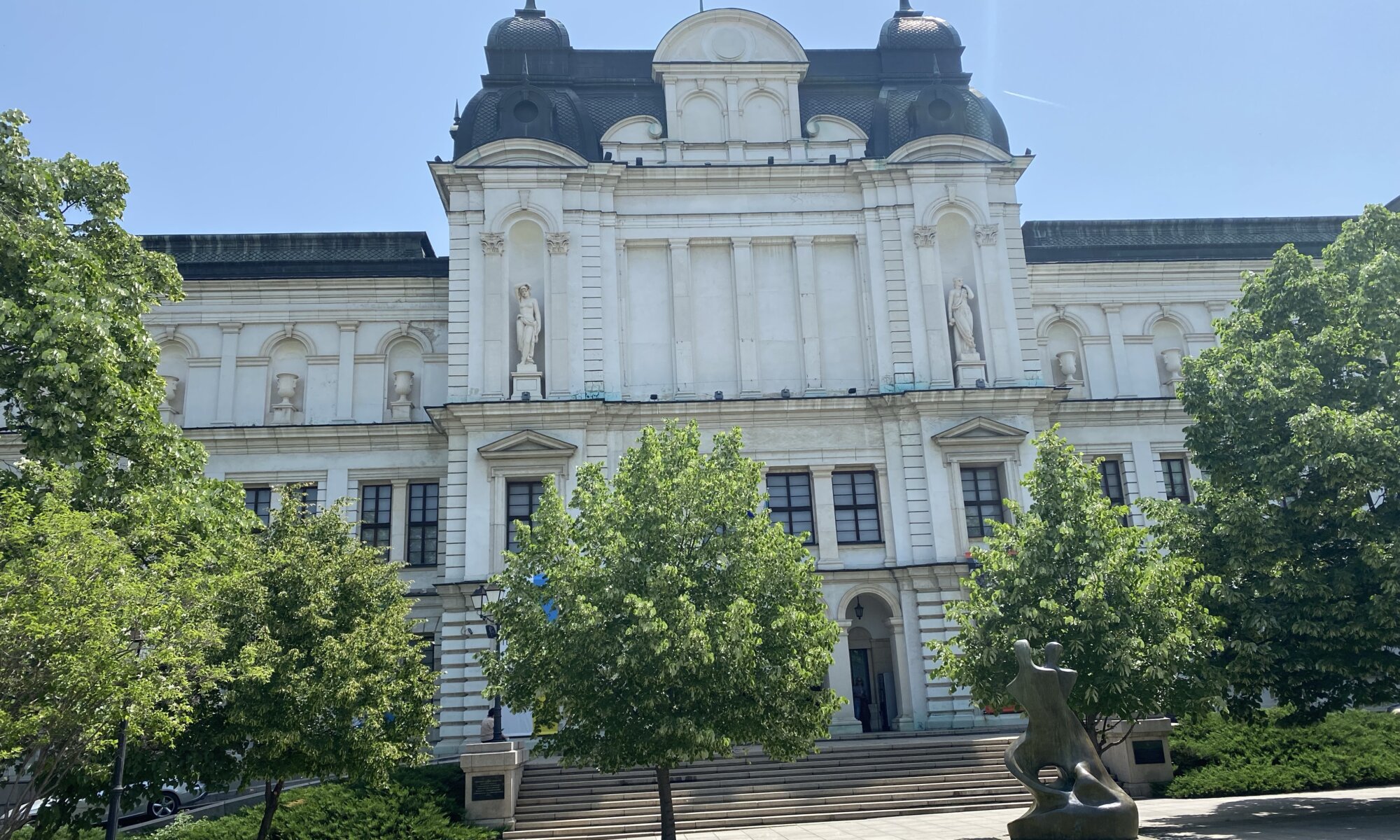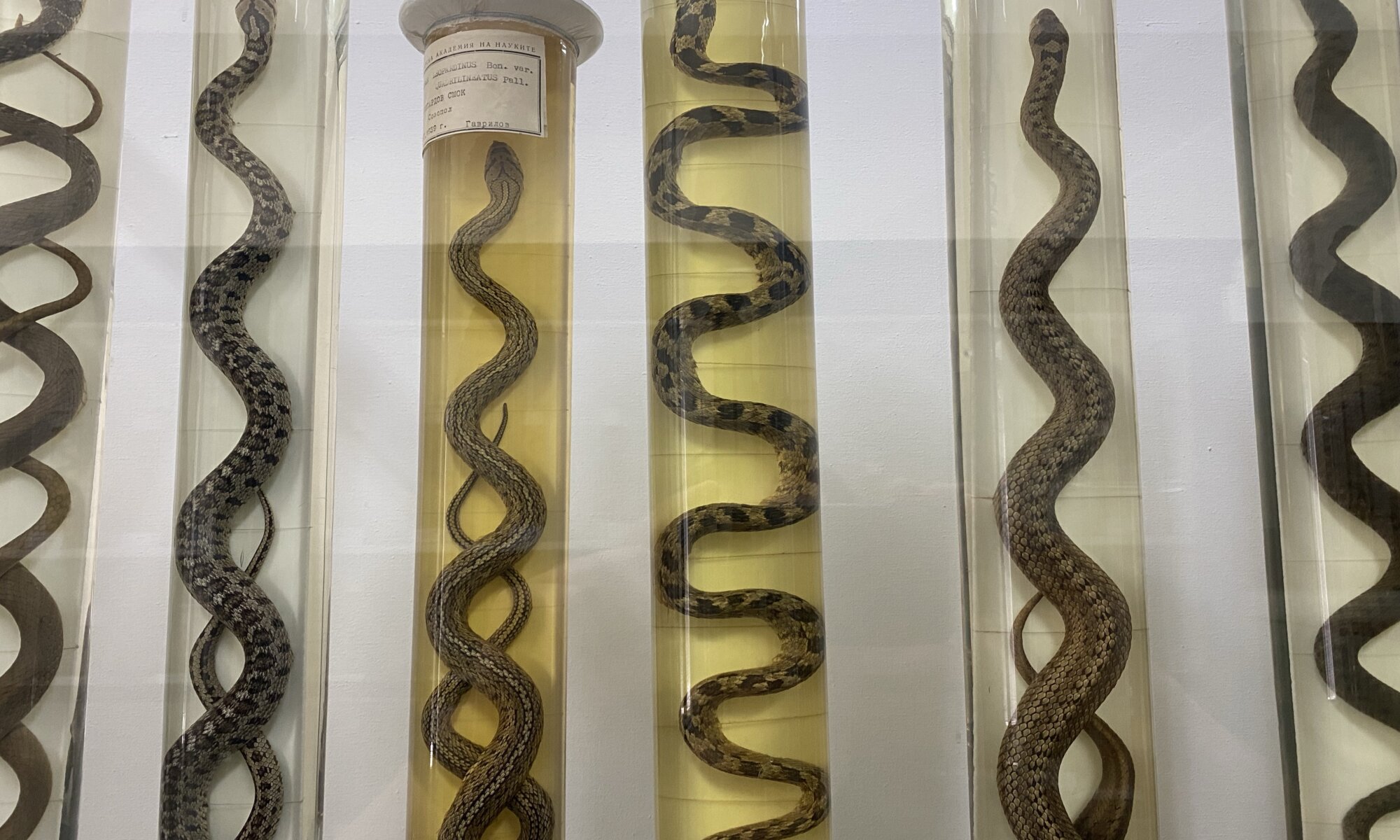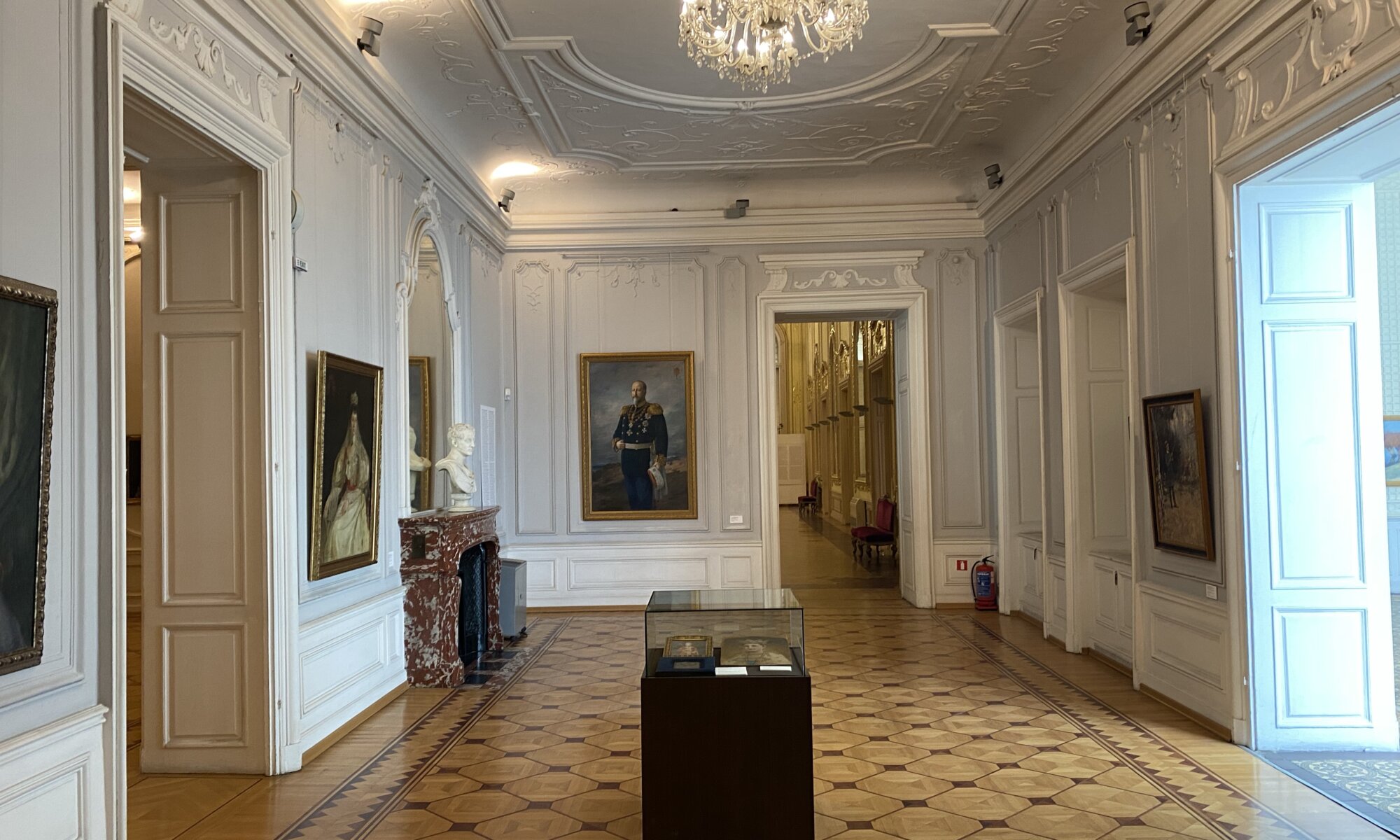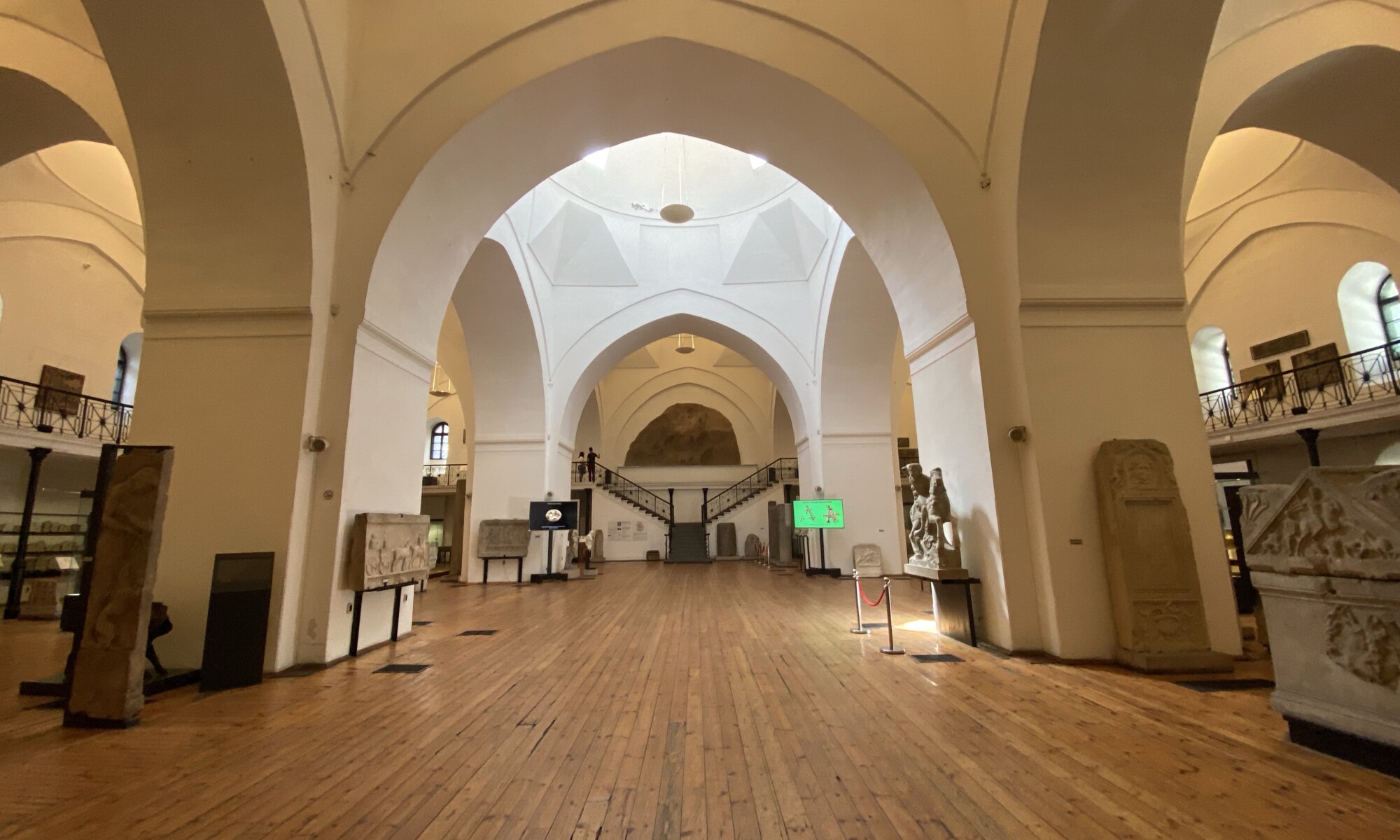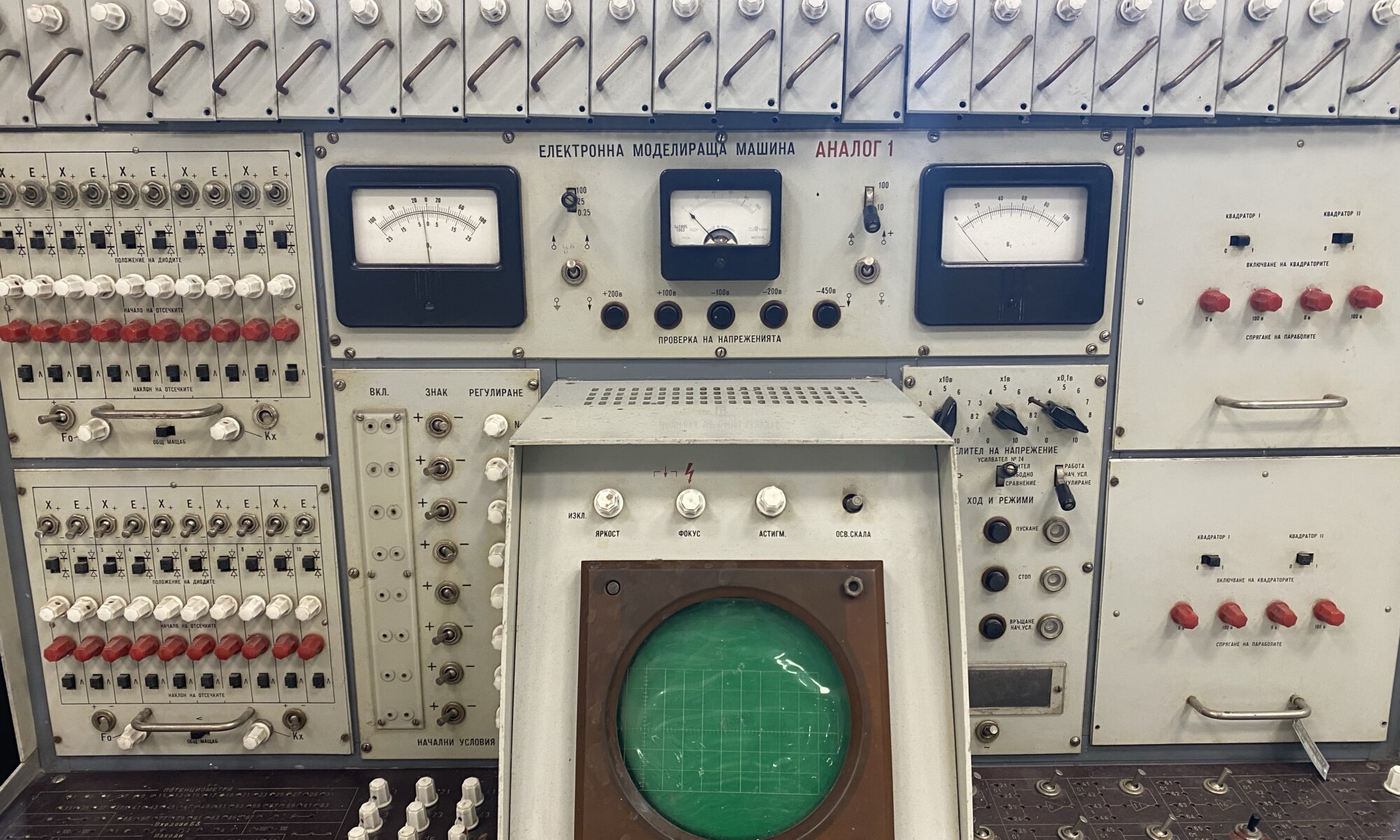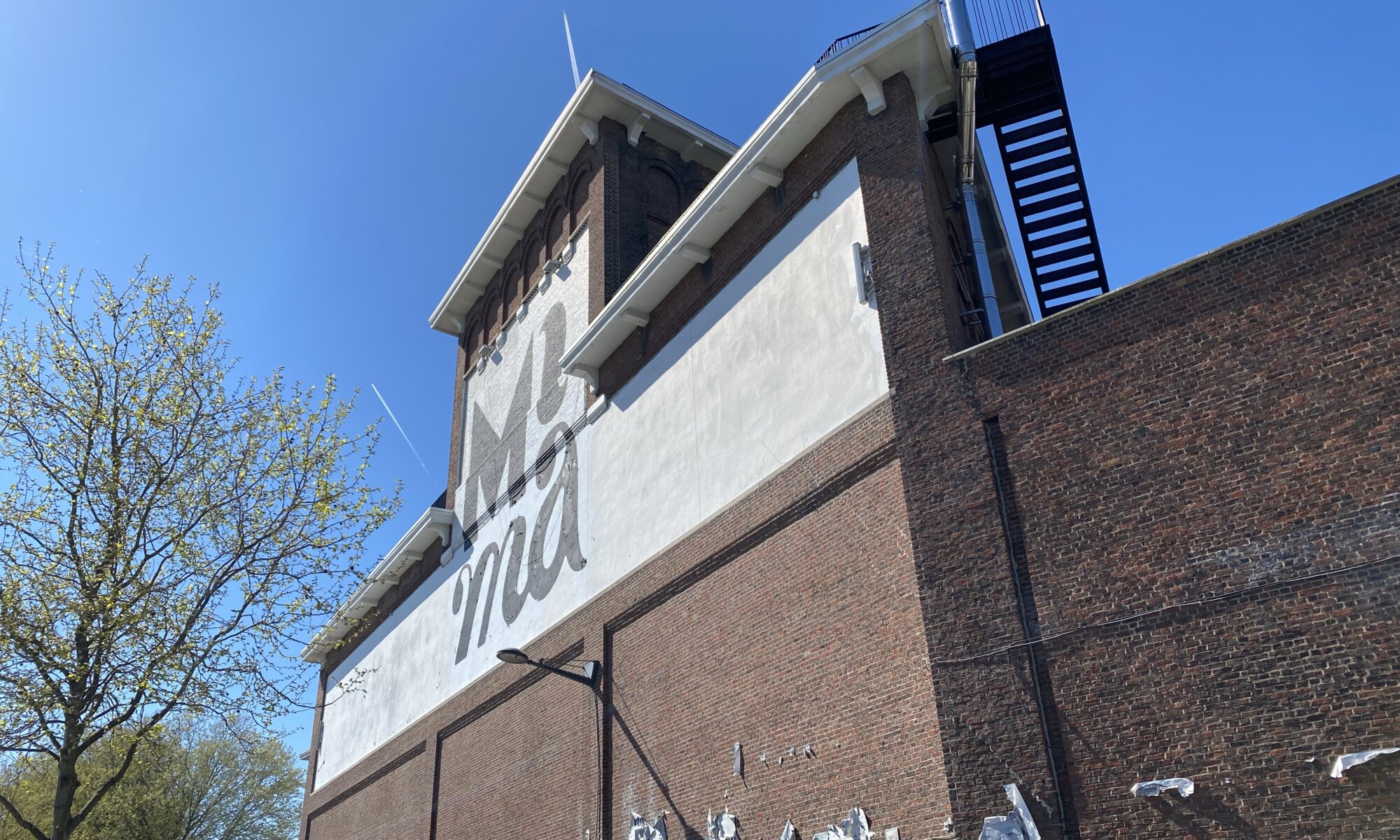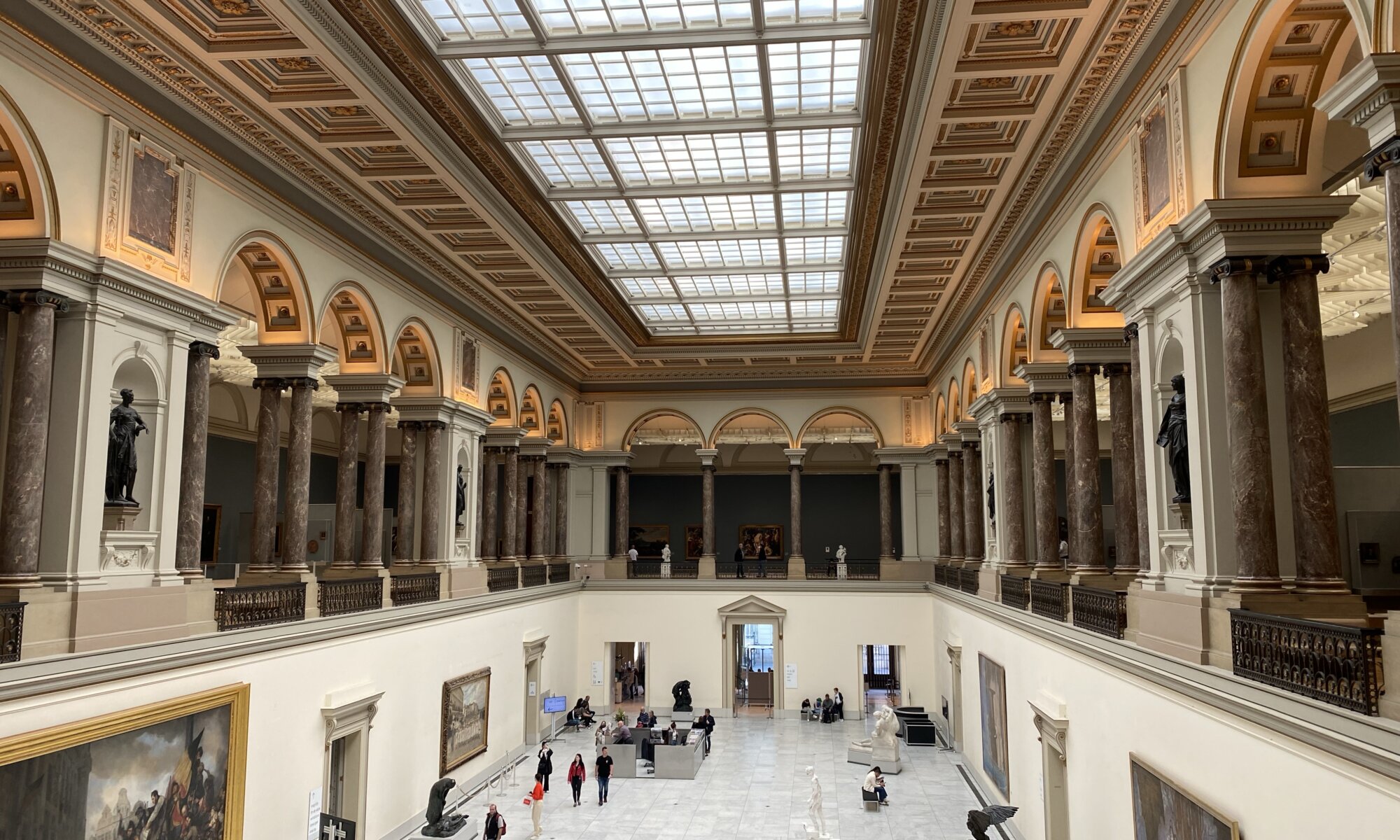When you walk through the city quarter Boyana of София you will probably come across a vast park protected by a strong metal fence. It is easy to guess whom this place was created for: Todor Zhivkov, the last Communist dictator of the People’s Republic of Bulgaria. Within you’ll find his residence, a giant palace with fantastic views on the capital city on one side of the building and a terrace facing the beautiful Vitosha mountains on the other side.
Continue reading “Presidential residence”Socialist art
When the Soviet Union broke apart and the Iron Curtain fell, when Bulgaria became a fully independent country and capitalism made its way east – then the wind of change blew away many remains of the past. Symbols where removed, old heroes like Lenin and Che Guevara had to take their hats and classic Socialist art was unwanted on the streets and places. That’s quite understandable, but it is also a loss. Socialist artists had a unique style and a special way to depict people.
Continue reading “Socialist art”Tornado
I really hate war, I’ve never joined an army and I’m not attracted by any kind of military stuff. But the National Museum of Military History in София is so special (and awkward to me) that I had to visit it. The museum belongs to the Ministry of Defence of Bulgaria and dates back already to the year 1916. It tells the military history of the country in multiple buildings, but most people will go there for the vast exhibition of military equipment.
Continue reading “Tornado”National gallery
If you’re interested in Bulgarian art and Soviet-style artworks, then the Kvadrat 500 belonging to the National Gallery is your best choice. It is the biggest art museum of София and was opened in 2015. Next to Bulgarian works there is also a lot of European art and you can additionally see works from different other continents. The collection contains 42,000 pieces and only a small fraction can be shown in the 28 halls of the museum next to the Alexander Newski Cathedral.
Continue reading “National gallery”Chamber of secrets
Ferdinand I of Bulgaria was interested in nature and science. Due to this, he initiated the foundation of the Natural History Museum of София, which was the first museum focusing on nature on the Balkans. The museum dates back to 1889 and it is special, very different to everything I’ve seen before. It is a bit strange, creepy and therefore a real recommendation.
Continue reading “Chamber of secrets”Palace of art
When Bulgarian was freed from Ottoman reign in 1878 a royal palace was created at София. Today it contains the National Art Gallery (belonging to the National Gallery) which exhibits fantastic old and contemporary art. Sometimes the amazing palace architecture and decorations capture your views and distract you from the art works, most times both coexist in a wonderful symbiosis.
Continue reading “Palace of art”Romans and Greeks
Bulgaria has a long history. София was once known as Serdica, the capital of the Roman province of Thrace. The Macedonians conquered the city as well as the Huns and the Osmans. To explain this past and the archeological findings of the country, the Bulgarian Archeological Museum was opened in 1905. If you’re surprised by the structures of the building: yes, it was an Ottoman mosque built from 1451 on.
Continue reading “Romans and Greeks”Polytechnic
It is a bit hidden and located in an unusual area of София, but once you’ve found the National Polytechnic Museum you can enjoy strolling through the small exhibition of ancient and modern technologies. The museum was founded in 1957 and owns 22,000 exhibits – but only a small fraction (1,000 pieces) can be shown. While taking the tour you’re slowly advancing through the history of mankind; starting with mills and glass production, ending with smartphones and wearable devices.
Continue reading “Polytechnic”MIMA
The Millennium Iconoclast Museum of Art (MIMA) of Bruxelles is a contemporary visual art museum located in the buildings of a former brewery next the canal de Bruxelles. It is a small museum but offering art on four levels – works from their permanent collection and als changing exhibitions. The museum was founded in 2016 and is a private non-profit organization.
Continue reading “MIMA”Museum cluster
If you need to survive a rainy day in Bruxelles, the Musées royaux des Beaux-Arts de Belgique can be your safe harbor. Located at the Koningsplein it offers you a combination of wonderful museums that our interconnected: just buy a ticket and switch in underground passages between the Musée Magritte, the Musée Old Masters and the Musée Fin-de-Siècle. After the Belgian independence king Lépold I. wanted to create a museum about Belgian artists; the current museum building was opened in 1887.
Continue reading “Museum cluster”